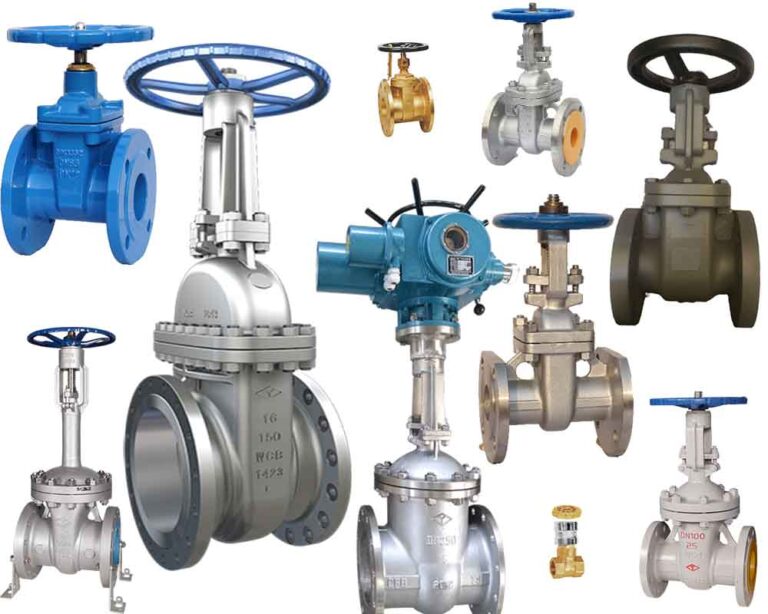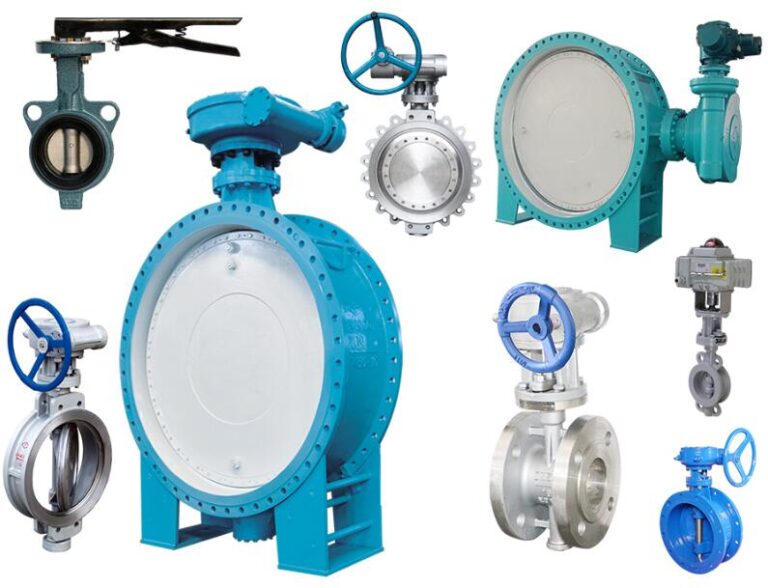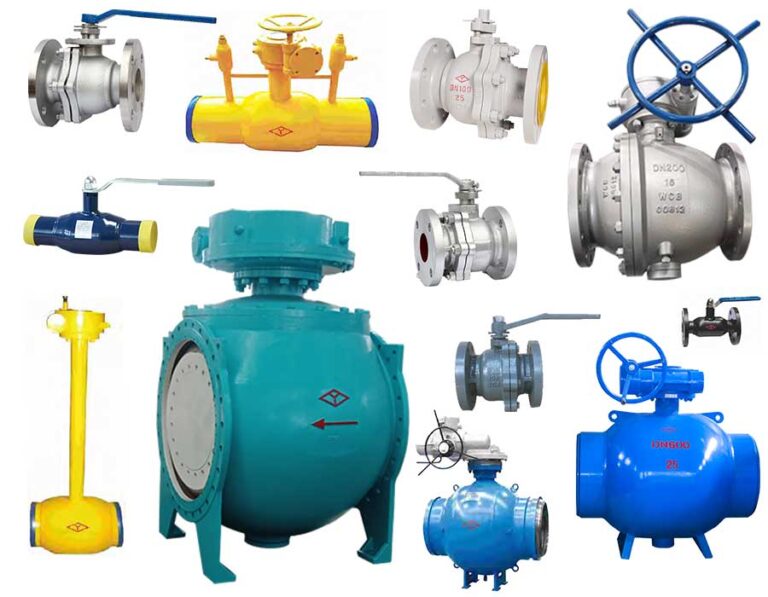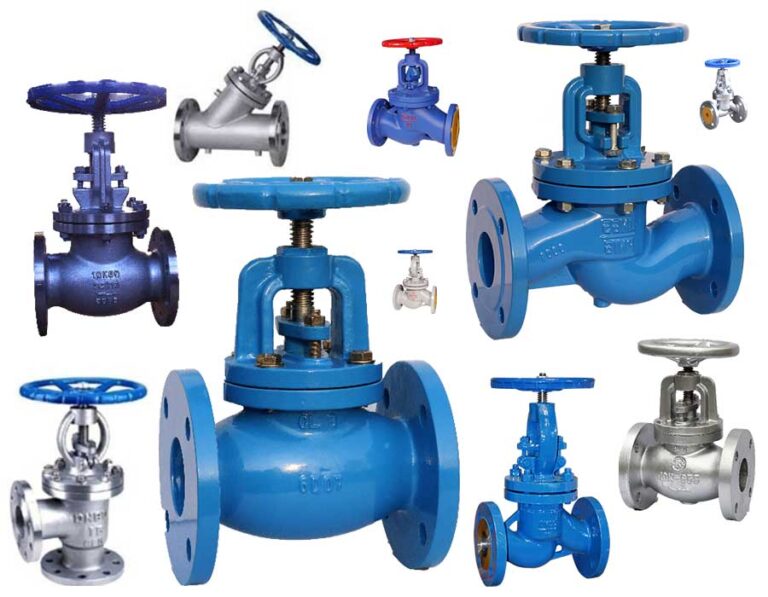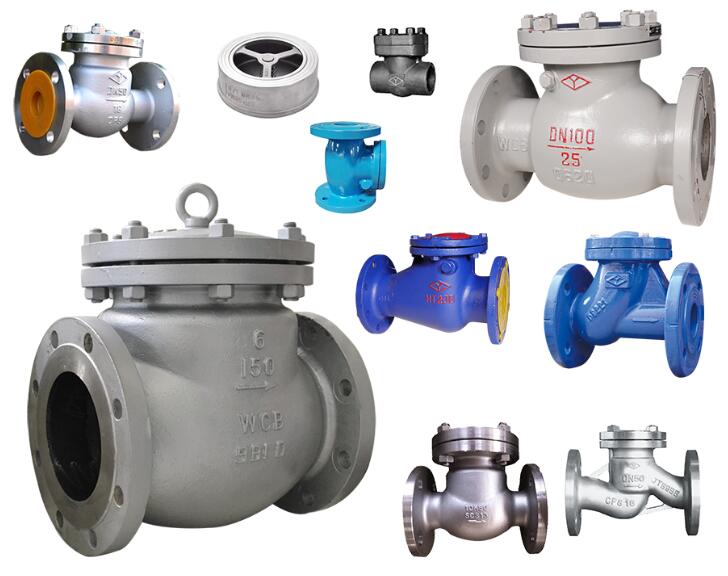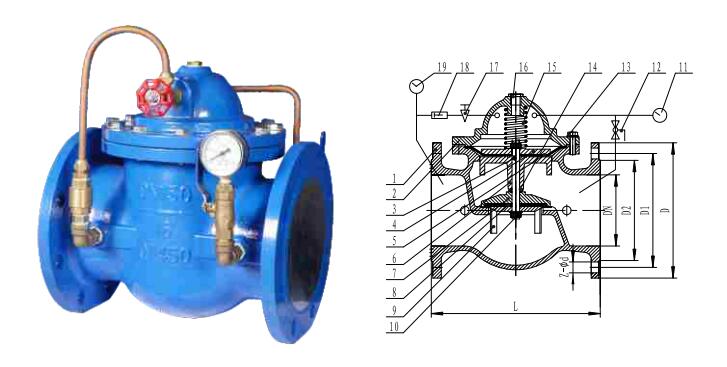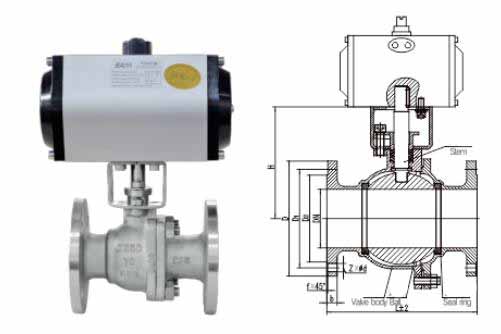Industrial valves are used in a variety of industrial applications, involving a lot of terminology, let’s learn more about it today.
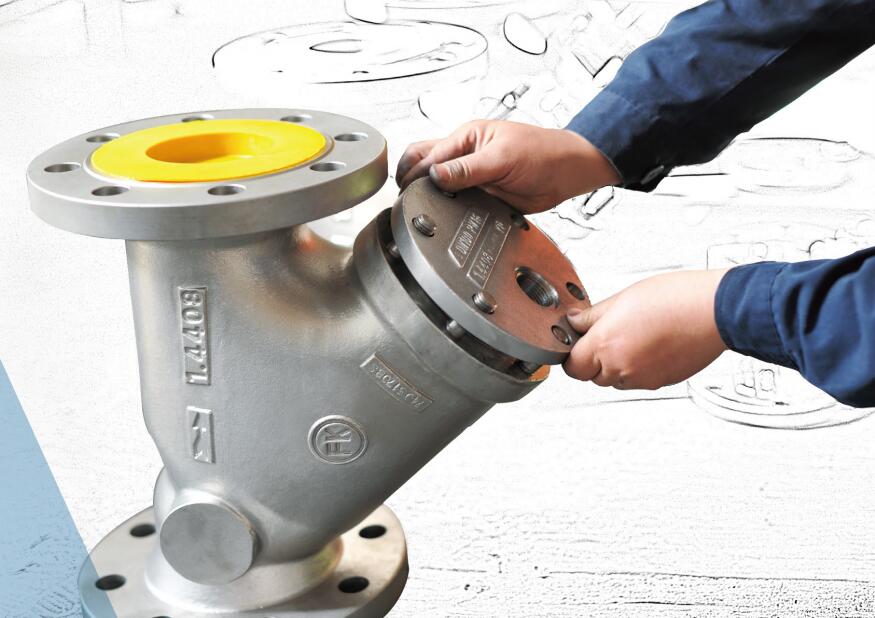
Strength performance
Valve strength performance refers to the valve’s ability to withstand the pressure of the medium. Valves are mechanical products subject to internal pressure, and therefore must have sufficient strength and stiffness to ensure long-term use without rupture or deformation.
Sealing performance
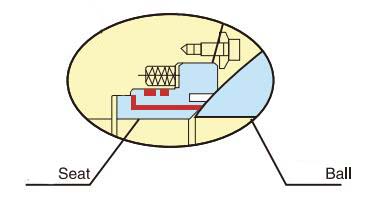
Valve sealing performance refers to the valve sealing parts to stop the ability of the media leakage, it is the most important technical performance indicators of the valve.
There are three sealing parts of the valve: the contact between the opening and closing parts and the two sealing surfaces of the valve seat; the packing and stem and stuffing box; the connection between the valve body and the valve cover. One of the former leakage is called internal leakage, which is usually referred to as closed, it will affect the ability of the valve to cut off the medium.
For the cut-off valve class, internal leakage is not allowed. The last two leaks are called external leakage, that is, the media from the valve leakage to the outside of the valve.
External leakage can cause material loss, pollution of the environment, and in serious cases can cause accidents.
For flammable and explosive, toxic or radioactive media, external leakage is not allowed, so the valve must have a reliable sealing performance.
Flowing media
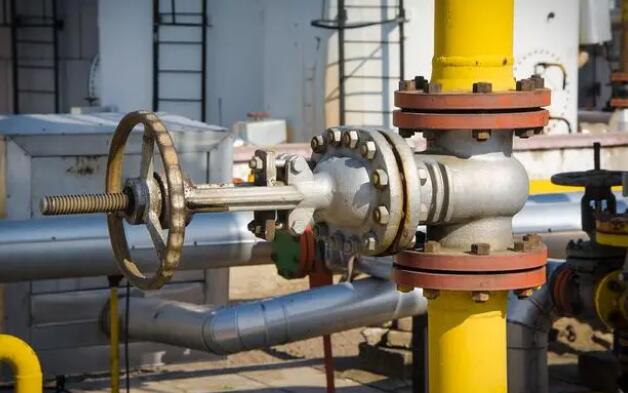
Media flow through the valve will produce pressure loss (both before and after the valve pressure difference), that is, the valve has a certain resistance to the flow of the medium, the medium to overcome the valve resistance to consume a certain amount of energy.
From the energy-saving considerations, the design and manufacture of valves, to reduce the valve to the flow of media resistance as much as possible.
Opening and closing force and opening and closing torque
Opening and closing force and opening and closing torque is the force or torque that must be applied to open or close the valve.
Close the valve, the need to make the opening and closing parts and the hair seat between the two sealing surfaces to form a certain sealing pressure, but also to overcome the stem and packing between the threads of the stem and nut, the stem end support and other friction parts of the friction, and therefore must apply a certain closing force and closing torque, the valve in the process of opening and closing.
The required opening and closing force and opening and closing torque is variable, its maximum value is in the final closing moment or the initial moment of opening.
Design and manufacture of valves should strive to reduce the closing force and closing torque.
Opening and closing speed
The opening and closing speed is expressed in terms of the time required to complete an opening or closing action of the valve.
The general speed of opening and closing the valve without strict requirements, but some conditions have special requirements for opening and closing speed, such as the requirement to open or close quickly to prevent accidents, some require slow closure to prevent water strikes, тощо, which should be taken into account when selecting the type of valve.
action sensitivity and reliability
This refers to the sensitivity of the valve to changes in media parameters, to make the corresponding response.
For throttle valves, редукційні клапани, regulating valves and other valves used to regulate media parameters, as well as safety valves, traps and other valves with specific functions, its functional sensitivity and reliability is very important technical performance indicators.
Service life
It indicates the durability of the valve, is an important performance indicator of the valve, and has great economic significance.
Usually expressed in terms of the number of openings and closings required to ensure sealing, but also the use of time to express.
Types of industrial valve
Classification of the valve by use or main structural characteristics
Model
According to the type, transmission mode, connection form, structural characteristics, seat sealing surface material and nominal pressure of the valve number.
Connection size
Size of the valve and pipeline connection parts.
Main external dimensions
Valve opening and closing height, handwheel diameter and connection size, тощо.
Connection form
Valve and pipeline or machinery and equipment connection used in various ways (such as flange connection \ Ниткове з'єднання \ welded connection, тощо).
Sealing test
Test the sealing performance of the opening and closing parts and valve body test.
Back sealing test
Test the sealing performance of the valve stem and bonnet sealing sub-test.
Sealing test pressure
Valve sealing test pressure.
Applicable media
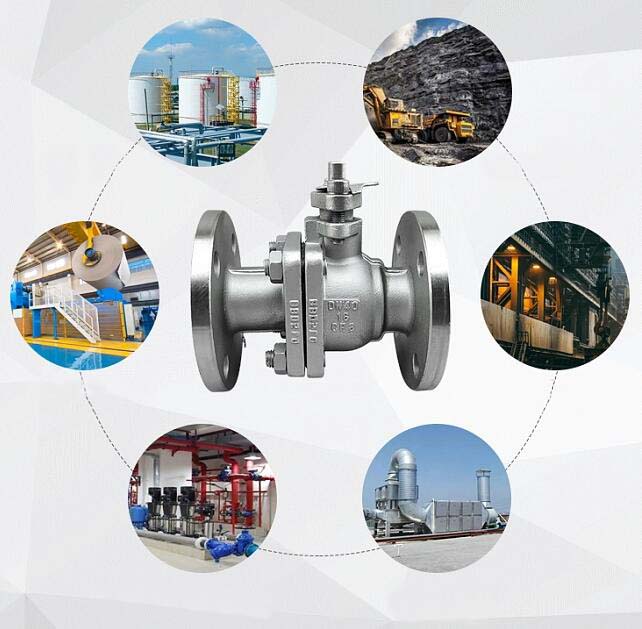
Valve can be applied to the media.
Applicable temperature
The temperature range of the applicable medium of the valve.
Sealing surface
The opening and closing member and the valve seat (valve body) closely fit, play a sealing role of the two contact surfaces.
Диск
Used to cut off or regulate the flow of the media, a collective term for parts, such as the gate in the gate valve, throttle valve in the valve flap.
Упаковка
Packed into the stuffing box (or stuffing box) to stop the medium from leaking from the stem filler.
Packing seat
Support the packing, to maintain the packing seal parts.
Filler gland
Parts used to compress the packing to achieve sealing.
Yoke
In the valve cover or valve body, used to support the stem nut and transmission mechanism parts.
Dimension of connecting channel
Opening and closing parts and stem assembly connection parts of the structure size.
Flow channel area
The minimum cross-sectional area between the inlet end of the valve and the sealing surface of the valve seat (but not the “curtain” area), which is used to calculate the theoretical displacement without any resistance effect.
Flow path diameter
Corresponds to the diameter of the flow path area.
Flow characteristics
Under stable flow condition, when the inlet pressure and other parameters remain unchanged, the outlet pressure of the pressure reducing valve is a function of the flow rate.
Flow characteristic deviation
The change in outlet pressure caused by the change in flow rate of the pressure reducing valve under the stable flow condition when the inlet pressure and other parameters remain unchanged.
General purpose valve
Valves commonly used on pipelines in various industrial enterprises.
Automatic valve
The valve that relies on the ability of the medium (liquid, air, пара, тощо) itself to act on its own.
Actuated valve
Manually, electrically, hydraulically or pneumatically operated valves.
Impact handwheel
Handwheel structure that uses impact force to reduce the operating force of the valve.
Worm wheel transmission device
A device that opens and closes or regulates a valve with a worm gear mechanism.
Pneumatic device
The drive device that opens and closes or regulates the valve with air pressure.
Hydraulic device
With liquid pressure to open and close or adjust the valve drive device.
Hot condensate discharge
The maximum amount of condensate that can be discharged from a trap under a given differential pressure and temperature.
Steam Leakage
The amount of fresh steam that escapes from a trap per unit of time.

